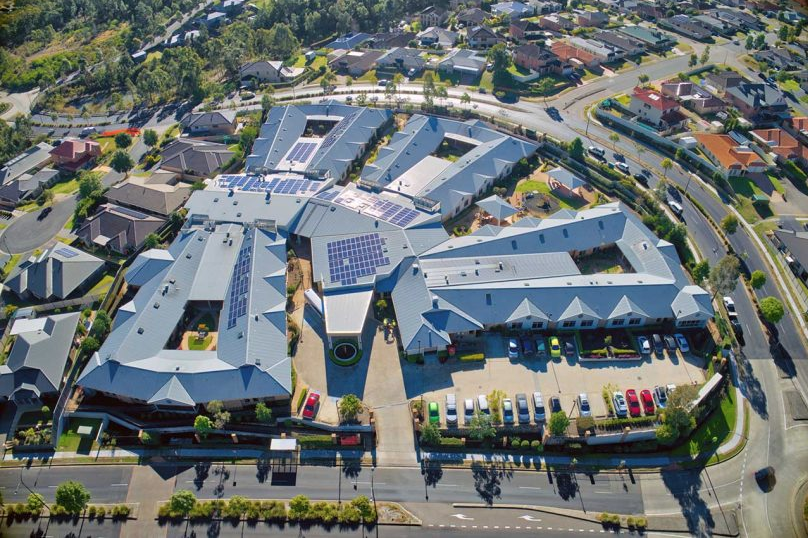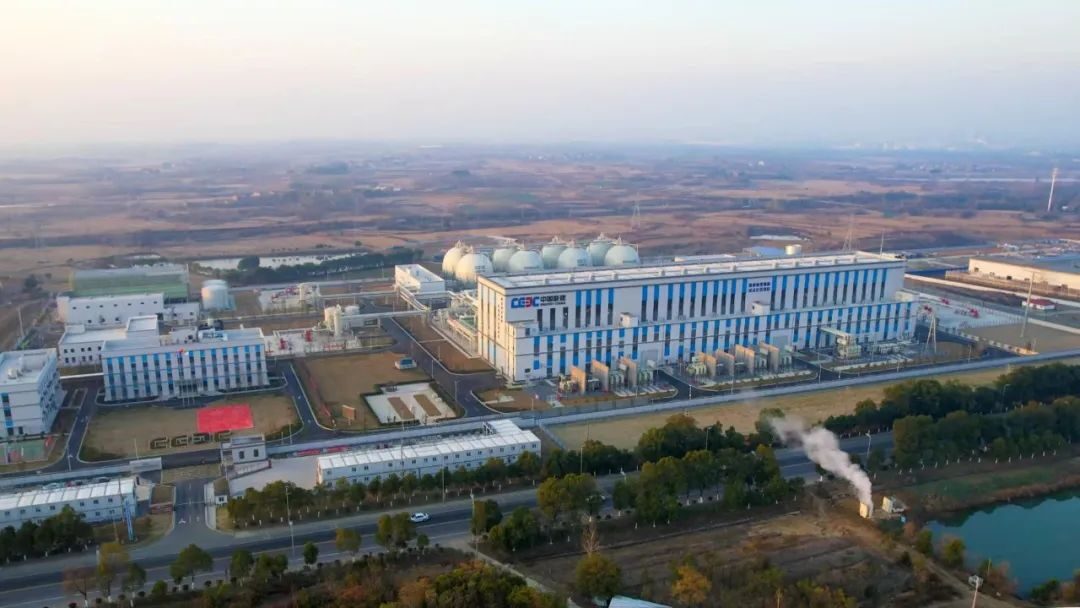Alongside the retail property, manufacturing, agribusiness and education sectors, the Australian aged care industry is emerging as one of the major players in the commercial and industrial (C&I) solar arena. C&I solar and energy-efficiency specialist Verdia reports that the sector is undergoing a major energy transformation, with an eye on better residential amenities, environmental and operational improvements, and reduced energy and maintenance costs.
Verdia is now managing the energy-efficiency projects for six aged care providers in Australia, which is helping to reduce energy use by up to 40%. It is installing more than 36,000 energy efficient LED lights and over 14,000 solar panels at 91 nursing homes across the country. At this stage, the program is about 80% complete.
The installer reports that the sector’s interest in energy makeovers shows no signs of subsiding, with a further 100 aged care homes currently in the assessment process to join Verdia’s program.
The key driver behind the strong demand for energy improvements across the sector are rising energy bills. Analysis from Verdia shows that the annual cost of energy per bed across the aged care sector has increased over the past couple of years by around 35%, from around A$700 ($485) to A$950.
“Those increases are just not sustainable for many providers,” says Verdia CEO Paul Peters. “At the same time the cost of solar PV has decreased by about 30% and LED lighting technology has vastly improved. So there is a very compelling case for aged care providers to look at ways to reduce costs and improve amenity.”
Peters explains that higher wholesale electricity costs mean that energy produced on site from solar panels is now significantly cheaper than electricity supplied from the grid.
“Organizations that invest in solar are seeing average returns of between 18% and 25%, and it’s helping to take the risk out of their energy supply contracts,” he says.
The most ambitious of Verdia’s clients, Opal Aged Care, is rolling out 10,600 solar panels, with an accumulated capacity of 3.5 MW, and more than 28,000 LED lights across 54 of its properties. The energy-efficiency program will see Opal cut on-site grid electricity use by about 42% and reduce greenhouse gas emissions by 30%.
Energy makeovers are also popular among smaller aged care providers. For instance, Verdia recently delivered 612 solar panels and 962 LED lights to the Forest Centre, a small not-for-profit organization that owns two mid-sized aged care facilities in the Australian city of Wagga Wagga. This program is expected to deliver a 32% reduction in energy costs, meaning that combined the two facilities are expected to save around A$90,000 in year one and almost A$2 million over the asset lifetime. The 220 kW solar PV array will have an average payback of 5-6 years, then provide low-cost electricity for a further 20 years.
The transformation of energy use in Australia's aged care sector is part of an estimated 68 MW of behind the-meter solar PV being developed and installed by Verdia across the country. It is also part of a broader sustainability push in the commercial and industrial sector, accompanied by a jump in medium-scale solar PV installations.
According to the Melbourne-based Clean Energy Council (CEC), there was a 45% increase in commercial solar installations in 2018, with the Australian states of Victoria, Queensland and New South Wles leading the way. In its annual report, the CEC states that medium-scale PV installations between 100 kW and 5 MW grew by 80% last year, as the cumulative total in this category went from approximately 128 MW in 2017 to 230 MW in 2018.
This content is protected by copyright and may not be reused. If you want to cooperate with us and would like to reuse some of our content, please contact: editors@pv-magazine.com.




Australia has remarkably unreliable electricity given its high retail price. It’s worst in remote rural area, but any risks of outages are very high to a care home for old people. The loss of air-conditioning could be life-threatening. It’s an additional reason to invest in your own rooftop. There may also a modest welfare benefit to the residents, in seeing that they are contributing to the energy transition and fighting climate change.